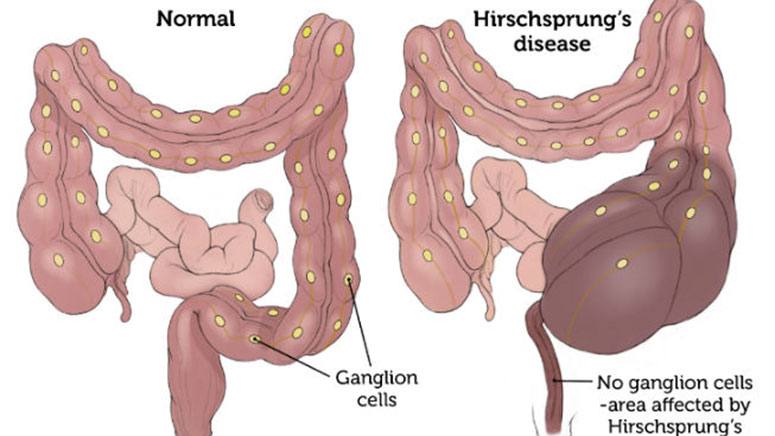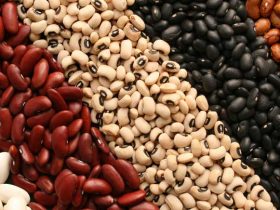Stomach problems are common in children. In some cases, it could be caused by what they ate. Stomach problems in children can also be caused by an underlying condition. It is important to note regular stomach troubles such as occasional constipation and diarrhea. Tummy pains could be a sign of a severe condition. If your child finds it difficult to empty their bowels, it could mean they have Hirschsprung disease. Understanding what Hirschsprung is about helps parents make the right decision if they find out their child has the condition.
What is Hirschsprung disease?

Hirschsprung disease is a congenital condition that affects the large intestines. Nerves in the intestines play a significant role in completely emptying the bowel. However, in Hirschsprung disease, some nerve cells are affected. The stool follows its normal route and deviates when it gets to the part of the intestine that doesn’t have nerve cells. The stool starts moving slowly or stops moving completely when it gets to the affected part of the intestine. This may result in blockage and prevent the movement of stools in the intestine.
There are different types of Hirschsprung disease. According to studies, the most common one is short-segment Hirschsprung, which is seen in 80% of all children with the condition. Nerves in the distal portion of the colon and the rectum are missing.
Hirschsprung disease can also occur in one of the following types:
- Small intestinal Hirschsprung disease: In this type, nerve cells are absent in the colon, rectum, and distal parts of the intestine.
- Total colonic Hirschsprung disease: Nerve cells are absent in the rectum and all parts of the colon. Nerve cells are however present in the small intestines.
- Total intestinal Hirschsprung disease: Nerve cells are absent in the colon and rectum and nearly all parts of the small intestine.
- Long-segment Hirschsprung disease: Nerve cells are absent in the rectum and the longer part of the colon.













